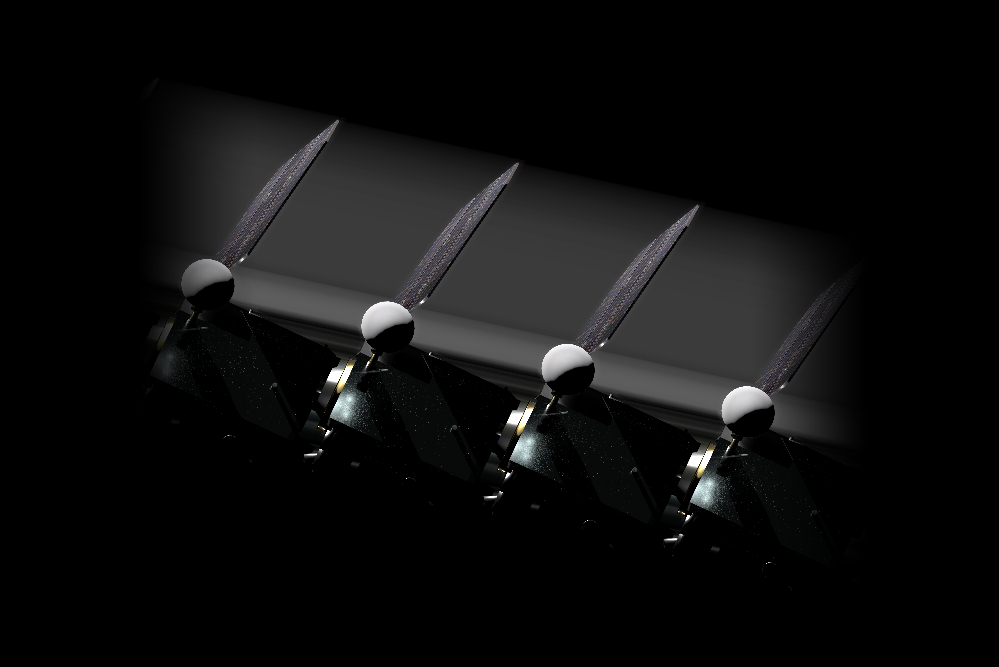Since the start of its mission in 2009, the Lunar Reconnaissance Orbiter (LRO) has captured numerous spacecraft within the Moon’s sphere. However, a lunar orbit newcomer, South Korean moon probe Danuri, managed to beat LOR at its own game, taking a detailed image of the orbiter from 18 kilometers (11.2 miles).
The Korea Aerospace Research Institute’s (KARI) Danuri spacecraft reached the Moon’s orbit in mid-December 2022 for the first collaborative space mission between the Republic of Korea (ROK) and NASA. The aim of the mission was to assess the lunar surface and designate potential landing sites.
The moon probe leverages NASA’s ShadowCam, based on LRO’s narrow-angle camera but 800 times more sensitive, allowing it to map reflectance within permanently shadowed regions and provide illuminated views of the surface. This time instead of a typical shadowed crater a sunlit LOR was caught in a frame.
The stunt required precise coordination and timing. As the two spacecraft passed each other at a relative speed of 7,113 mph (11,447 kph), the team at the Goddard Space Flight Center in Maryland, United States, ensured that the LRO was correctly positioned in relation to Danuri and the sun. This positioning allowed the radiator and back of the spacecraft to be brightly lit.
Unlike traditional cameras that expose images simultaneously, ShadowCam’s sensor progressively forms images as the scene moves past it. Time Delay Integration (TDI) then synchronizes the exposure rate with the scene’s movement, minimizing blur and capturing the same area in each row. The system then merges these rows into a single line, ensuring a balance between short exposure times and high signals.
ShadowCam’s exposure time, coupled with the high-speed encounter, resulted in LRO being doubly exposed four times in the final image. The ShadowCam team subsequently enhanced features of the LRO, such as the solar array, radiator, and high-gain antenna, by transitioning from the original image to a computer generated high-resolution one.
While Danuri has other cameras on board, this hyper-sensitive optical imager is also a part of the preparation for NASA’s upcoming Artemis 3 mission, which aims to land humans on the lunar surface in 2025 for the first time since the Apollo 17 mission in 1972.
